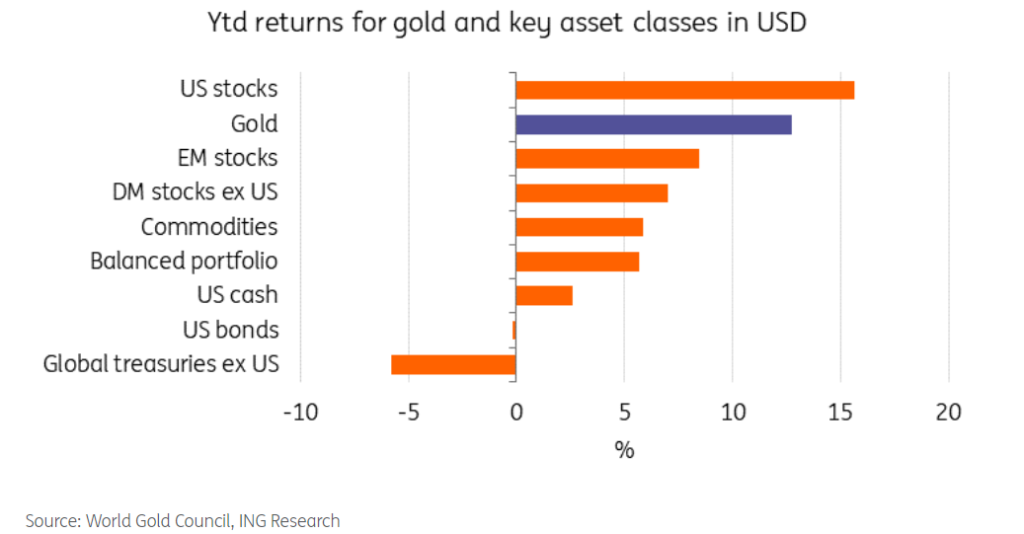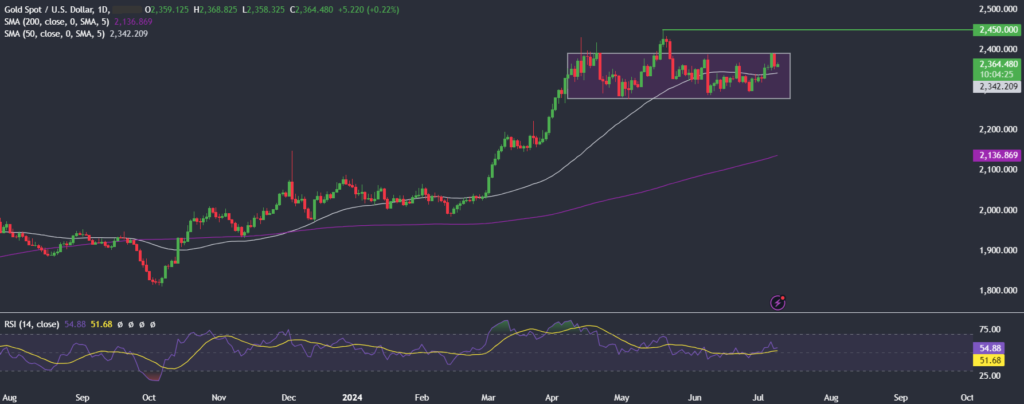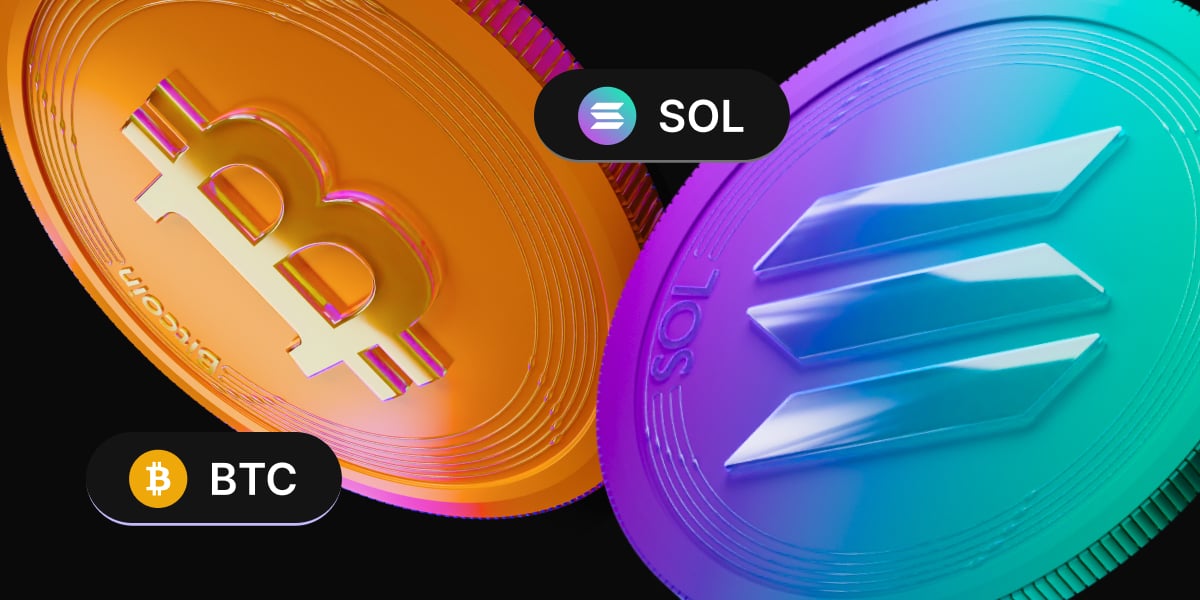Gold is edging higher after losses yesterday as investors await Federal Reserve Chair Jerome Powell’s testimony before Congress and June inflation data to assess the path for interest rates.
The Gold price is rising 0.2% at the time of writing on Tuesday and trades at $2364 per oz after falling 1.3% yesterday.
How could Gold react to Powell’s testimony?
Federal Reserve Jerome Powell will testify before Congress later today, and the markets will be watching closely for clues about when the Federal Reserve may start to cut interest rates. Powell’s testimony comes after a series of weaker data last week that pointed to the slowing of the US economy and a softening labour market.
If Powell implies that weaknesses are starting to seep through the US economy, the market could interpret this as a sign that the Fed will begin to cut rates sooner. A lower interest rate environment is more beneficial for non-yielding gold.
Last week, data showed that US unemployment rose to 4.1%, its highest level since 2021. Meanwhile, the ISM services PMI also fell to a four-year low.
How could US inflation data impact Gold?
This week, the other major driver for gold prices will be US inflation data, which is due on Thursday and is expected to show that consumer prices eased to 3.1% YoY, down from 3.3%. Cooling inflation could further bolster dovish Fed bets, helping to pull the US dollar lower and boost dollar-denominated gold.
The market is pricing in a 76% probability of a 25 basis point rate cut by the Fed at the September 18th Fed meeting, with a further 25 basis point cut expected by December.
Central Bank Gold buying
Gold has rallied strongly throughout the first half of the year. It has risen 15% year to date, outperforming most other US assets.

This outperformance is not only because of expectations that the Federal Reserve will start cutting interest rates soon but also because of strong central bank buying.
Still, Gold prices came under pressure yesterday as China’s central bank, the People’s Bank of China, held off from purchasing gold for a second straight month. The PBoC has been a solid buyer of gold for the past year and a half, and the purchase pause has put pressure on gold prices.
Despite this pause by the PBoC, more broadly central banks’ Gold buying outlook remains strong.
In the latest Work Gold Council’s Central Bank Gold Reserve survey, 29% of respondents said they intend to increase their Gold reserves in the coming year, the highest level since 2018.
What next for Gold prices?

Gold is currently trading in a holding pattern. A dovish-sounding Powell and cooling inflation could help Gold rise above $2387. Above here, $2450, the all-time high, comes into focus. Any sense that the Fed is adopting a more cautious stance towards cutting rates could see Gold fall back toward $2340, the 50 SMA, and $2330, the near-term falling trendline, before bringing $2300 into focus.
Gold Q3 forecast
Despite recent volatility, the bullish picture remains intact for Gold. The Fed is moving closer to cutting rates, there is a strong outlook for central bank purchases, and potentially more safe-haven flows amid ongoing geopolitical tensions and ahead of the US elections. Owing to these factors, we expect to see a move back up towards 2450 and fresh ATHs.
The content provided here is for informational purposes only. It is not intended as personal investment advice and does not constitute a solicitation or invitation to engage in any financial transactions, investments, or related activities. Past performance is not a reliable indicator of future results.
The financial products offered by the Company are complex and come with a high risk of losing money rapidly due to leverage. These products may not be suitable for all investors. Before engaging, you should consider whether you understand how these leveraged products work and whether you can afford the high risk of losing your money.
The Company does not accept clients from the Restricted Jurisdictions as indicated in our website/ T&C. Some services or products may not be available in your jurisdiction.
The applicable legal entity and its respective products and services depend on the client’s country of residence and the entity with which the client has established a contractual relationship during registration.




